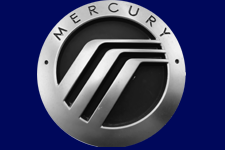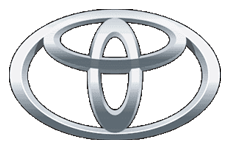Start Your Auto Quote
Used Saturn Engines
USED SATURN ENGINESSaturn engines, renowned for their reliability and efficiency, have left an indelible mark on the history of space exploration. Developed by NASA in the mid-20th century, the Saturn family of rockets propelled humanity beyond the confines of Earth's atmosphere and laid the groundwork for unprecedented achievements in space. At the heart of the Saturn V rocket, the most powerful launch vehicle ever built, were the five F-1 engines. These colossal engines, each standing over 18 feet tall and generating over 1.5 million pounds of thrust, propelled astronauts on their historic journeys to the moon during the Apollo program. The F-1 engines were marvels of engineering, using a combination of liquid oxygen and kerosene as propellants to achieve their staggering power. Beyond the F-1 engines, the Saturn family also included the J-2 engines, which powered the upper stages of the Saturn I and Saturn IB rockets, as well as the second and third stages of the Saturn V. The J-2 engines utilized liquid hydrogen and liquid oxygen propellants, offering high efficiency and reliability crucial for the complex maneuvers required to reach lunar orbit.
Although the Saturn V made its last flight in 1973, its legacy endures. In recent years, interest in Saturn engines has been revitalized, driven in part by efforts to recover and preserve artifacts from the Apollo era. In 2013, a team of engineers led by Jeff Bezos' company, Blue Origin, successfully located and recovered several F-1 engines from the ocean floor, where they had fallen following the Apollo missions. These engines, despite decades submerged in saltwater, were remarkably well-preserved, offering valuable insights into their construction and performance. Today, Saturn engines continue to inspire future generations of engineers and space enthusiasts. Their unparalleled power and reliability serve as a testament to the ingenuity and determination of the scientists and engineers who designed them. While newer rocket technologies have emerged since the days of the Saturn program, the legacy of these historic engines endures, reminding us of humanity's boundless capacity for exploration and discovery. In conclusion, Saturn engines represent a pinnacle of human achievement in space propulsion. From powering the first manned missions to the moon to inspiring new endeavors in space exploration, these remarkable engines have left an indelible mark on history and continue to captivate the imagination of people around the world.





















































